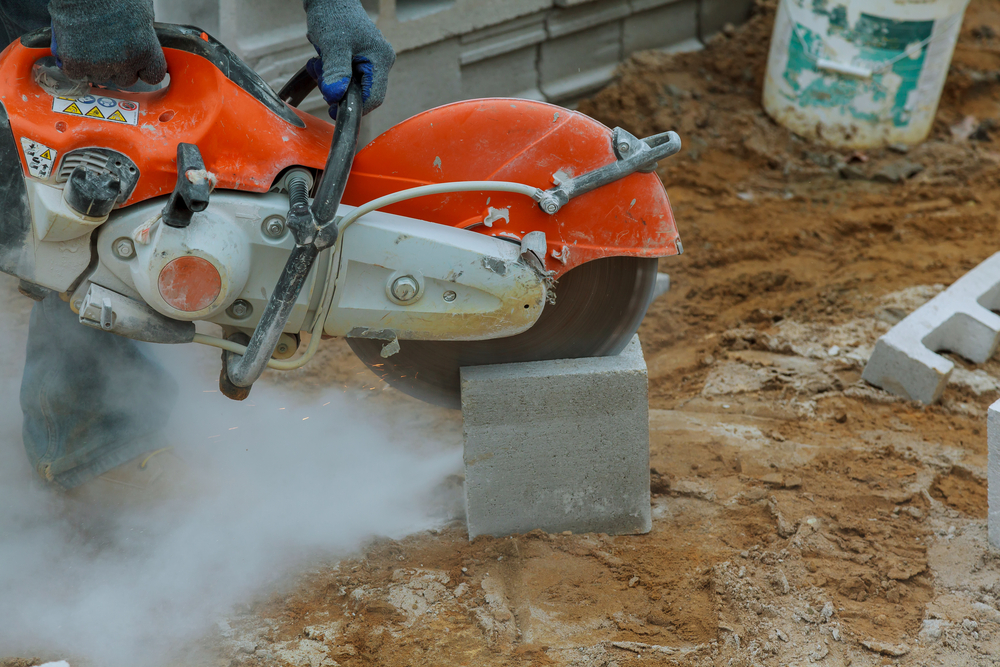In our ESG Week installment of Ask the Expert, brought to you by our sponsor, Camfil, we look at some questions about hazardous dust and how it relates to air quality. See what expert Randi Huckaby, product manager with Camfil APC, had to say.
Q. What’s so dangerous about dust, and how does it relate to emissions?
Put simply, dust is the largest contributor to poor indoor air quality (IAQ). Poor IAQ leads to health problems and combustible dust incidents. Airborne dust particles can contain toxic ingredients that can harm workers if ingested or inhaled. The dust can also cause dermatitis, allergic reactions, or embed themselves in the lungs, leading to respiratory issues like asthma and lung cancer. Imagine letting this harmful particulate outdoors and you have those emissions, contributing to overall poor air quality as well as the greenhouse gas effect.
Q. How is dust created during industrial processes or manufacturing?
Airborne dust is generated during many processes. Some examples: Trimming, die-cut pressing, shredding, baling, and vacuum feed conveying create paper dust. Welding, thermal cutting, sanding, and polishing generate metal dust and fumes. Extrusion, cutting, trimming, sanding, machining, drilling, pelletizing, granulating, shaping, and forming create plastic dust.
If left uncontrolled, these dusts can expose workers to health and safety hazards and cause long-term effects or even combustible dust incidents. OSHA and several other agencies manage the safety risks associated with these dusts through personal exposure limits (PEL) on the health side, and through the National Fire Protection Association (NFPA) on the safety side. PELs can be found from several different agencies and can even vary state to state. NFPA classifies dust explosibility using their Kst values, which range from zero to greater than 300. Any dust with a Kst above 0 is classified as explosive, requiring explosion protection for your dust collector. Most paper dust is classified as ST1, with a Kst around 100.
Q. How do manufacturers capture hazardous dust to prevent poor air quality and combustible dust incidents?
Industrial dust collectors are essential in plants, factories, and other processing facilities because they capture and contain harmful particles from the air. These collectors are typically large pieces of equipment that can be installed either inside or outside the facility.
To capture dust a series of pickup points or a system pushing and pulling dust laden air is connected to a ducting network connected to a dust collection system and pull source (fan). Within the dust collector the air is cycled through a series of filter cartridges. Much of the airborne dust is too tiny to see with the naked eye, but it accumulates on the cartridges, allowing the clean air to be released back into the work environment or vented outside the facility. Dust collection systems and the filter cartridges they use vary greatly in quality from one brand to another and shopping by “sticker price” often cost more in the long run for consumables, energy, and compliance efforts.
Q. Which agencies regulate dangerous and hazardous dust?
OSHA is responsible for ensuring employee safety by protecting them from harmful dust exposure. This includes requiring companies to control dust emissions in indoor workplaces and comply with legal limits set for each ingredient and material. If there are no legal limits applicable, the company must develop, implement, and measure its own environmental safety plan and put it in writing. Regarding health hazards, there are other agencies which also regulate exposure limits as well as insurance agencies and individual state or city governments. The NFPA recommends standards and guidelines for managing combustible dust, playing a significant role in this area. Manufacturers who fail to follow these guidelines risk facing fines by OSHA, legal scrutiny, and a damaged reputation.

